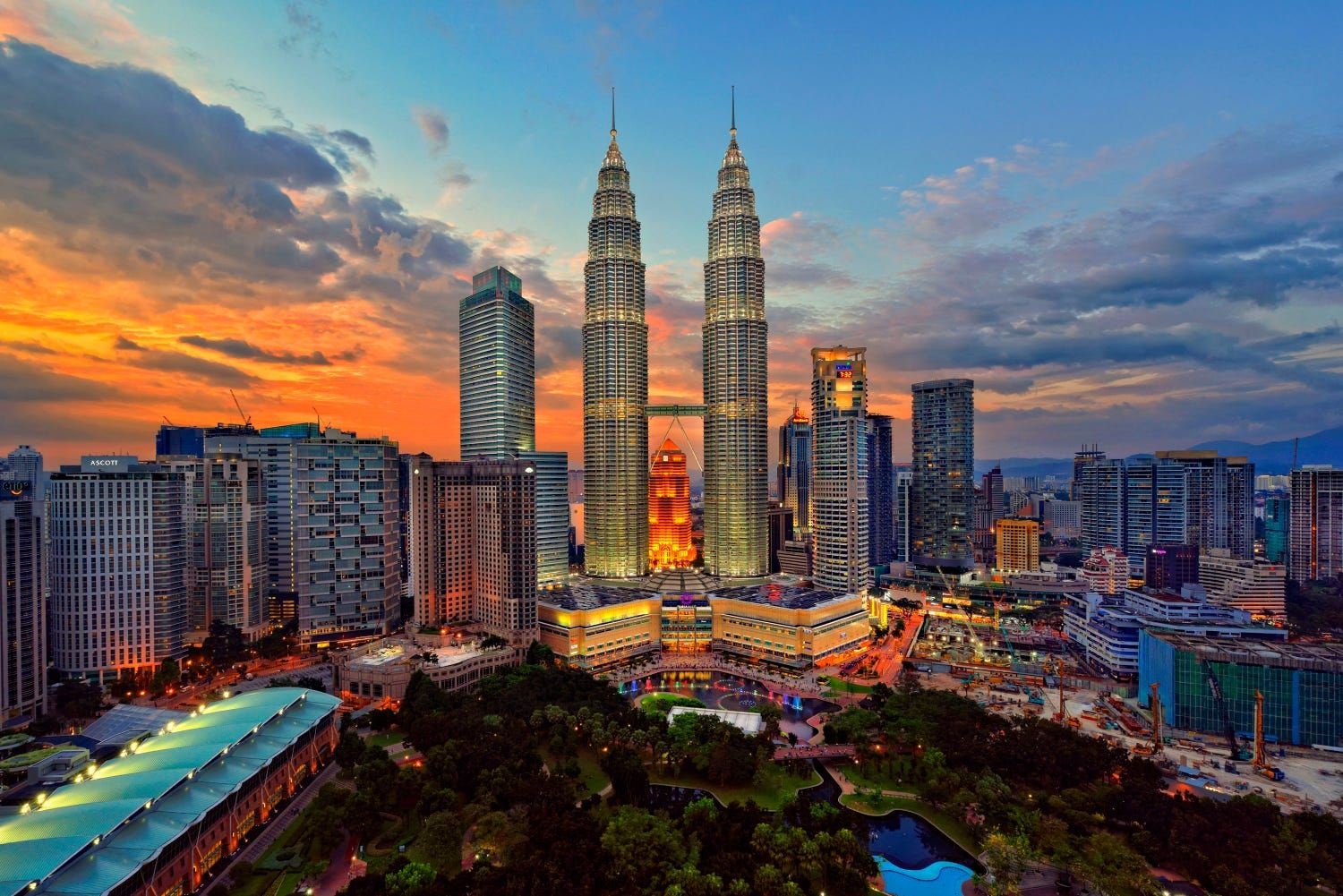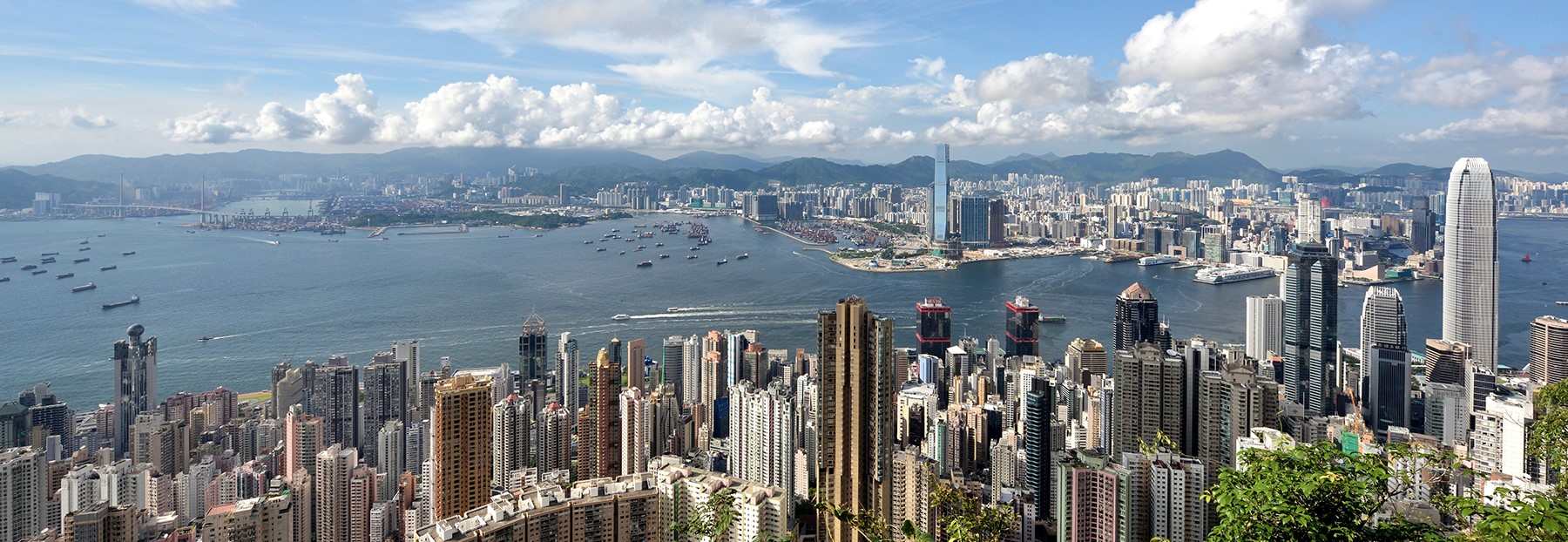By APD writer Hantao and translated by Sun Chenghao
The theme forum of 2021 China (Guangdong) 21st Century Maritime Silk Road International Expo, co-organized by the China Council for the Promotion of International Trade and the People's Government of Guangdong Province, and undertaken by the People's Government of Guangzhou Municipality, will be held in Guangzhou, Guangdong on September 24. On the eve of this forum, the Asia Pacific Daily conducted an exclusive interview with Datuk Seri Ir. Dr. Wee Ka Siong, Minister of Transport of Malaysia. He discussed the influence of the signing of the Regional Comprehensive Economic Partnership Agreement (RCEP) and the "Belt and Road" Initiative (BRI) upon the economic and trade relations between China and Malaysia. Additionally, he expounded his views of the impact of the “Belt and Road” initiative on the development of the Guangdong-Hong Kong-Macao Greater Bay Area. Moreover, he laid out how the East Coast Railway Link plan promotes the economic development of Malaysia.
RCEP and BRI in Tandem Strengthen China-Malaysia Economic and Trade Relations
In November 2020, the Regional Comprehensive Economic Partnership Agreement (RCEP) was signed, thus the birth of the world's largest free trade zone got announced. After eight years of negotiations, China and the countries in the Asia-Pacific region have been ushered in an opportunity only once in a century. Wee Ka Siong believes that the signing of RCEP means that the world's largest free trade zone is about to commence, and will facilitate the creation of new regional trade regulations. RCEP will lift trade barriers and accelerate regional trade integration in East Asia.
Wee Ka Siong said that the complementation between RCEP and the “Belt and Road” initiative can further catalyze investment, economic and trade relations between China and Malaysia, raising the Sino-Malaysia relations to a new height. China and Malaysia can conduct more intensive cooperation and sharing in technologies, resources, and talents in diverse fields, so that the complementary advantages of each other can be exploited to their full potentials. It is believed that this will be not only an element to boost business opportunities and markets, but also a strong driving force to promote post-pandemic economic recovery.
"Malaysia also hopes to learn from China, especially in the fields of new technologies, robotics, artificial intelligence and agriculture, promoting technological exchanges between the two countries, and achieving a win-win outcome. We expect the inclusiveness of this agreement could effectively meet the needs of all member states, gradually abridge the developmental gap among members, give full room for each member to tap their respective potentials, building up a feedback loop of benefit in reciprocity.

Malaysia Enjoys a Unique Advantage in BRI and Her Facilities to Connect Plays a Leading Role
Wee Ka Siong believes that, as the first country along the “Belt and Road” route who positively respond to the initiative, Malaysia possesses great advantages, in respects of historical, cultural and regional. In addition, the relationship between Malaysia and China has a long history and these two have always maintained good cooperation.
He said that Malaysia and China have many similarities, such as cultural origins, language, geographic location, and cultural elements, which is conducive to constructing the "Belt and Road" and achieving mutual understanding and win-win. And Malaysia has always been an important center of trade and commerce. He said that in ancient times, Malaysia was an important country along the "Maritime Silk Road" and played an important role as a center for a variety of countries on the road in economic and trade cooperation and cultural exchanges.
In addition, in the construction of the "Belt and Road", facility connectivity play a leading role. Wee Ka Siong pointed out that China and ASEAN have been diligently cooperating in trade exchanges and facility connectivity and exploring more development opportunities. He said that the model of ASEAN as a whole to participate in constructing the "Belt and Road" has taken shape. In this context, China and Malaysia's joint construction of the "Belt and Road" will better assist Malaysia in participating in the process of regional cooperation and integrating into regional development.
He believes that the extensive cooperation between China and Malaysia in infrastructure connectivity can indirectly enable Malaysia to enhance its original advantages in the transportation sector, thereby promoting regional economic development. He said that China and Malaysia have also signed an array of cooperation projects in the field of facility connectivity, especially the two major projects of Malaysia’s East Coast Railway and the Port of Melaka Gateway, which will help promote Malaysia’s implementation of the "Eleventh Malaysia Plan" ( 2016-2020).
The Construction of the Greater Bay Area is Not Only an Opportunity for China but also an Opportunity for the World
Wee Ka Siong said that since the “Belt and Road” initiative was broached, Guangdong, Hong Kong and Macao have achieved much in jointly building the “Belt and Road” initiative. He believes that the Greater Bay Area lies at the hub of the “Belt and Road” and so is not only an opportunity for China, but also an opportunity for the world. It can boost interests and development for countries along the BRI route and strengthen economic and trade relations between China and these countries along the route.
"Guangdong, Hong Kong, and Macao each has its own advantages respectively. In particular, the Guangdong Province is a dynamic hub of technological innovation and possesses a complete industrial chain. Hong Kong hosts a mature and complete financial system and a global business network, which comprises an important capital market. Macao has a unique trait by speaking Portuguese, which could be an in-born magnet for trade and capital from Portuguese countries.
He believes that the construction of the Greater Bay Area can also serve as a model for countries participating in the “Belt and Road” initiative. One vital segment of the model is especially worth singling out: the innovation system of “free port + free trade zone + industrial park”.

ECRL as the "Maritime Silk Road" Will Promote the Economic Development of Malaysia
Wee Ka Siong disclosed that on April 5 this year, Malaysia has announced that the East Coast Railway 3.0 is planned to restore the northern route and officially restarted. He said that as an important nexus linking the west to the east of Eurasia, Malaysia's East Coast Rail Link (ECRL) can not only strengthen Malaysia's railway network, but also promote the economic development in other fields, such as trade and transportation.
He said that the East Coast Railway Link is one of the important economic and trade projects cooperated between China and Malaysia. This project will connect the important economic centers on the east coast of Malaysia to the west coast, which is poised to facilitate the development of trade, logistics and tourism and so on along the railway and in the Malaysian Peninsula.
He said that while developing the economic field, many jobs will also be created as a result, bringing more employments to Malaysian citizens, increasing the employment rate and reducing the unemployment rate. He pointed out that this project is expected to create more than 80,000 jobs and once it is put into operation, the jobs can be steadily maintained at more than 6,000 and train more than 3,000 railway construction staffs for Malaysia.
Wee Ka Siong pointed out that the East Coast Railway Link will connect the two major ports of Kuantan and Klang, enhancing logistics and transportation capacity and accomplish sea-rail-combined transportation. The Malaysian government and business community are enthusiastically building the "Maritime Silk Road", which will help promote cooperation between ASEAN and China in infrastructure, in e-commerce, and etc.. "We believe that the 'Maritime Silk Road' can further promote economic and trade exchanges between countries along the route and bring more business opportunities.
(ASIA PACIFIC DAILY)
 简体中文
简体中文

